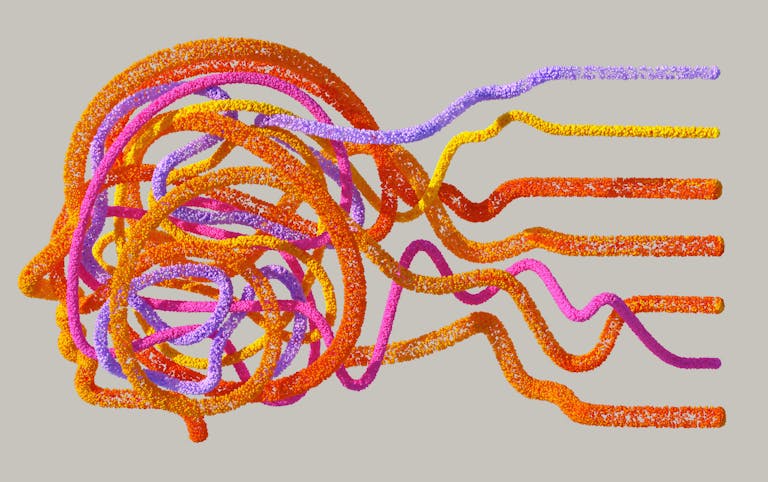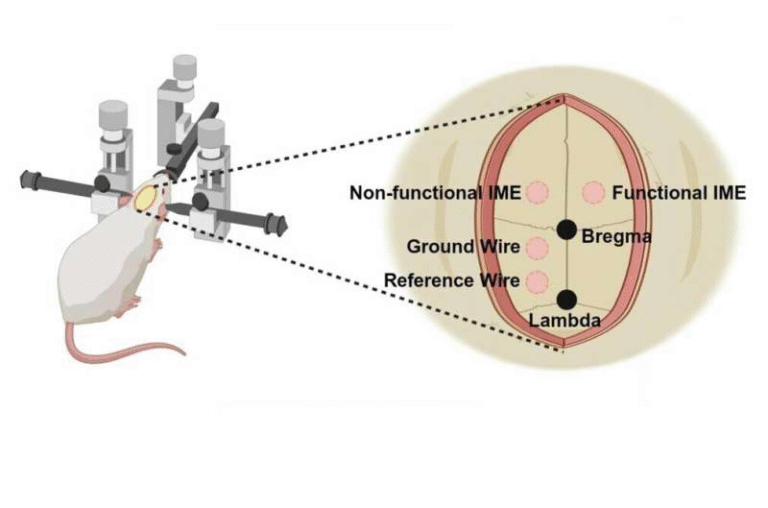Microplastics and Alzheimer’s: What a New Study on Mice Reveals

A new study from the University of Rhode Island has drawn attention to a troubling possibility: tiny plastic fragments, known as microplastics and nanoplastics, may not just accumulate in our bodies but also reach the brain, where they could contribute to Alzheimer’s-like symptoms.
This research adds another layer of concern to what is already a global environmental and health issue. Let’s walk through the details of this study, what was discovered, and why it matters.
What the Study Looked At
The research was conducted by Jaime Ross, Assistant Professor at URI’s College of Pharmacy, and her team. They focused on how exposure to polystyrene micro- and nanoplastics affects brain function in mice that carry different genetic risk factors for Alzheimer’s disease.
The study specifically worked with mice carrying two different human gene variants:
- APOE4, which increases a person’s risk of developing Alzheimer’s by about 3.5 times compared to those with the more common APOE3 variant.
- APOE3, which is not associated with an increased risk.
For three weeks, the mice were exposed to polystyrene micro- and nanoplastic particles in their drinking water. These particles were deliberately chosen because polystyrene is one of the most common plastics used worldwide, found in Styrofoam containers, disposable cups, and food packaging.
After the exposure period, the researchers tested the mice with a series of behavioral experiments and then studied their organs, including the brain, to confirm whether the plastics had traveled that far.
How Microplastics Reached the Brain
Earlier research has already shown that microplastics can pass through the blood–brain barrier, which normally protects the brain from viruses, bacteria, and other harmful particles. This new study confirmed that plastics in drinking water were able to infiltrate the mice’s brain tissue, along with other organs.
The fact that microplastics can breach this natural defense system is highly concerning, as it means these materials have direct access to affect brain cells and potentially influence neurological health.
Behavioral Findings: Memory Loss and Apathy
The behavioral tests showed striking, sex-dependent differences in how the mice responded to microplastic exposure:
- Male APOE4 mice exposed to microplastics showed unusual activity in the open-field test. Normally, mice prefer to stay close to the walls of an enclosure to avoid predators. These exposed males, however, spent more time in the center, displaying what researchers interpreted as reduced caution or apathy-like behavior.
- Female APOE4 mice exposed to microplastics performed poorly in the novel object recognition test, which measures memory and learning. They were slower to recognize new objects, suggesting a memory deficit.
- Mice carrying the APOE3 variant did not show the same behavioral changes, highlighting that the APOE4 genetic background interacts with microplastic exposure to worsen brain function.
This sex-dependent response in mice is particularly interesting because it mirrors trends observed in human Alzheimer’s disease. In people, men more often display apathy, while women are more likely to suffer from memory-related issues.
Biological and Cellular Changes
Beyond behavior, the study also looked at what was happening inside the mice’s organs. Some key findings:
- Plastics were found in the brain and other organs, confirming systemic distribution.
- Brain immune cell markers such as GFAP (linked to astrocytes) and IBA1 (linked to microglia) showed sex- and genotype-specific changes after plastic exposure.
- Changes were also seen in liver metabolism, particularly involving the enzyme CYP1A1, suggesting that exposure affects not just the brain but also metabolic systems.
- Surprisingly, the expected inflammation response through microglia activation was not the main pathway observed. This suggests that other mechanisms, possibly metabolic or stress-related, could be driving the behavioral decline.
Why APOE4 Matters
The APOE gene plays a big role in Alzheimer’s research. The APOE4 variant is already the biggest known genetic risk factor for the disease, but carrying it does not guarantee someone will develop Alzheimer’s. Many people with APOE4 never develop dementia, while others with APOE3 or APOE2 do.
This uncertainty points to the influence of environmental and lifestyle factors. The study raises the possibility that microplastic exposure is one such environmental risk, which could interact with APOE4 to accelerate cognitive decline.
Limitations of the Study
It’s important to note the caveats:
- The plastics used were pure polystyrene spheres, not the weathered, chemically mixed plastics found in the real world.
- The dose levels were deliberately high to produce measurable effects in just three weeks. Human exposure is likely lower but chronic, stretching across decades.
- Mice are a valuable model for human disease, but they are not perfect mirrors of human Alzheimer’s. What looks like apathy or memory decline in mice may not translate exactly to people.
So while the results are concerning, they don’t prove that microplastics cause Alzheimer’s in humans. They do, however, provide a warning signal that deserves more research.
Broader Context: Microplastics in Our Lives
The study is part of a growing body of research revealing just how pervasive microplastics are. These particles are created when larger plastics break down, or they are manufactured at a small scale for use in cosmetics, textiles, and industrial processes.
We now know microplastics are:
- Present in air, drinking water, and food.
- Found in human blood, lungs, and placenta.
- Building up in oceans, rivers, and soil, with massive accumulations recorded in places like Narragansett Bay, where researchers estimated more than 1,000 tons of microplastics in just the top two inches of sediment.
This means exposure is almost unavoidable. And while scientists have been studying environmental impacts of plastics for years, their direct health effects on humans remain poorly understood.
Alzheimer’s and Environmental Factors
Alzheimer’s disease is one of the most complex and devastating brain disorders, affecting millions worldwide. While genetics plays a big role, lifestyle and environment also matter. Known environmental contributors include:
- Air pollution, particularly fine particulate matter.
- Diet, with evidence linking high sugar and processed food consumption to higher dementia risk.
- Exercise, which appears protective.
- Toxins, including heavy metals and now possibly microplastics.
The new study from URI highlights how important it is to consider these gene–environment interactions. A person carrying APOE4 might be more vulnerable to the harmful effects of everyday pollutants than someone without the gene.
Where Research Is Headed
The findings point to a need for:
- Long-term, low-dose studies in animals to better mimic real-world conditions.
- Human studies that measure microplastic levels in people and track cognitive outcomes.
- Broader policy and regulation efforts to reduce plastic pollution and limit exposure.
The U.S. has already seen proposals like the Microplastics Safety Act, which would direct the FDA to study the health impacts of microplastics in food and water, particularly in children, reproductive health, and chronic diseases.
Beyond the Study: What We Know About Microplastics
Here are some additional points that help put this research into perspective:
- Nanoplastics, which are smaller than microplastics, may pose an even greater risk because they can move more easily across biological barriers like the placenta and blood–brain barrier.
- Food packaging is a major source. Heating or microwaving food in plastic containers can increase the release of these particles.
- Synthetic textiles, such as polyester, shed microfibers during washing, which can end up in waterways and food chains.
- Global scale: Some estimates suggest people may ingest tens of thousands of microplastic particles per year. While the health impact of this is not fully known, the accumulation over decades could be significant.
Why This Matters
The results from URI’s study are not definitive proof that plastics cause Alzheimer’s, but they add to a worrying picture. When an environmental pollutant that we are constantly exposed to shows the ability to cross into the brain and alter cognition—especially in those with genetic risk factors—it raises important questions.
The study emphasizes the urgent need to understand the health risks of microplastics and to take steps toward reducing exposure at both an individual and policy level.





